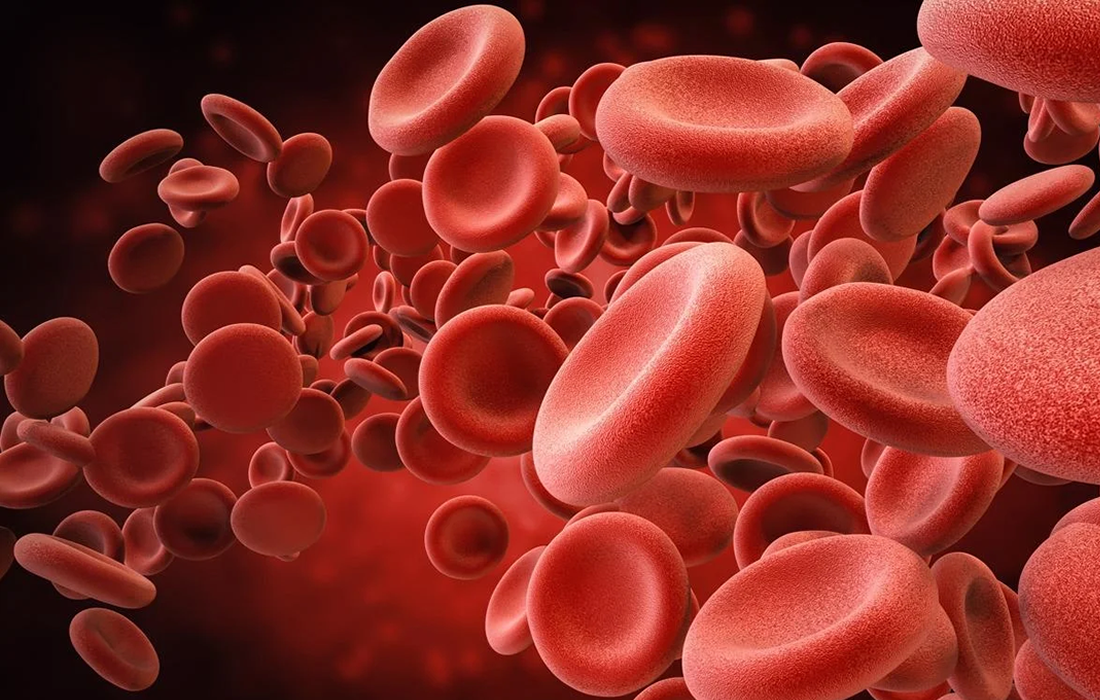Regenerative Medicine News and General Information
Iron Deficiency is a Double Edged Sword
Iron is required for cellular biochemistry, supporting processes such as oxidative metabolism, DNA synthesis, and epigenetic remodeling. As an integral component of heme, iron must be supplied in adequate amounts to secure hemoglobin synthesis and prevent anemia. Anemia due to iron deficiency is highly prevalent.
It is often due to insufficient dietary iron intake or to inhibition of iron delivery into the plasma under conditions of inflammation. Sequestration of iron from plasma, termed hypoferremia, commonly occurs during the acute phase of infection, driven by inflammatory induction of the iron regulatory hormone, hepcidin.
Body iron levels and distribution are controlled by the peptide hepcidin or HAMP (hepcidin antimicrobial peptide). Hepcidin blocks iron recycling by hemophagocytic macrophages and iron absorption by duodenal enterocytes, suppressing serum iron concentrations. This response can protect against certain siderophilic bacterial pathogens, constituting an acute “nutritional immune” mechanism but, if prolonged, leads to inflammatory anemia and can inhibit proliferation of lymphocyte responses to immunization and infection.
At the cellular level, iron homeostasis is orchestrated by the interaction of iron regulatory protein 1 (IRP1) and IRP2 (also known as ACO1 and IREB2, respectively) with cis-regulatory iron responsive elements (IREs) present in the untranslated region (UTR) of mRNAs encoding iron metabolism molecules.
Iron deficiency, a known defense mechanism against infectious pathogens, is a double edged sword
IRP-1 and IRP-2 are essential for survival: mice lacking both control proteins during embryonic development die while still in the womb. But what happens when IRP-1 and IRP-2 fail in adult mice? A team led by Bruno Galy at DKFZ has now investigated this in mice whose IRP production can be shut down by injecting a drug.
As the researchers had expected, the most striking change after IRPs were switched off was a pronounced decrease in red blood cells. Due to the lack of hemoglobin, these erythrocytes reached only a minimal size.
However, the researchers were surprised to see that white blood cells also decreased extremely. Closer examination revealed that this decline was mainly due to a deficiency of neutrophils. These immune cells account for up to two-thirds of white blood cells in humans and are an important component of the innate immune system.
This decline is not caused by a mass death of neutrophils, but a developmental blockade in the hematopoietic system: the precursor cells in the bone marrow no longer develop into mature neutrophils, as this differentiation process is apparently iron-dependent.
Iron deficiency apparently modulates the innate immune system. It suppresses the maturation of neutrophils and also throttles their defensive power. The limitation of available iron is apparently a double-edged sword: On the one hand, the body thereby prevents bacteria from spreading. On the other hand, the function of an important arm of the innate immune system suffers.
Not only infections but also inflammations often lead to iron deficiency and thus to anemia. Cancer patients whose disease is accompanied by chronic inflammatory conditions are therefore often affected by anemia, which can severely limit their quality of life.
Further studies are needed to investigate whether iron deficiency in chronic inflammation also impairs immune function.
SOURCE:
Michael Bonadonna, Sandro Altamura, Elisabeth Tybl, Gael Palais, Maria Qatato, Maria Polycarpou-Schwarz, Martin Schneider, Christina Kalk, Wibke Rüdiger, Alina Ertl, Natasha Anstee, Ruzhica Bogeska, Dominic Helm, Michael D. Milsom, Bruno Galy, (October 5 , 2022). Iron regulatory protein (IRP)–mediated iron homeostasis is critical for neutrophil development and differentiation in the bone marrow. Science Advances. Retrieved from : https://www.science.org/doi/10.1126/sciadv.abq4469
IMAGE:
https://www.news-medical.net/images/Article_Images/ImageForArticle_22410_16506406729562977.jpg

